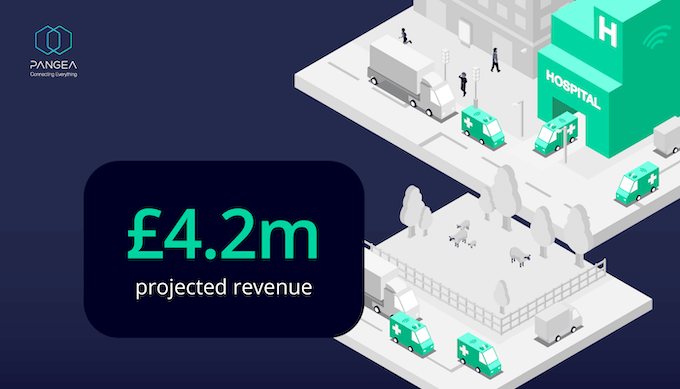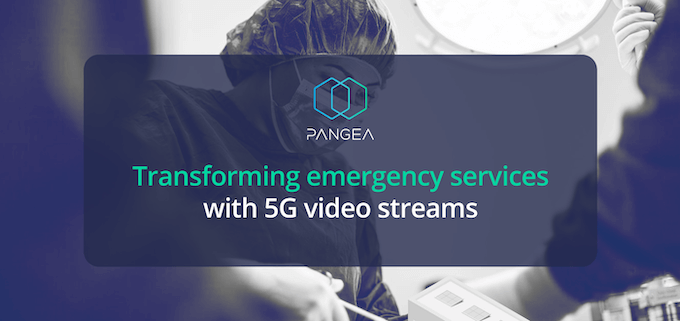In a medical emergency, every moment counts. Delays can be deadly.
While paramedics can provide basic emergency care, they aren’t trained to diagnose root causes like specialist doctors. For example: if a patient might have suffered organ damage, you’d need a sonographer to perform an ultrasound, give a diagnosis, and suggest a course of care.
On the other hand, some patients taken to A&E turn out to be false alarms—costing the paramedics and doctors precious time that could have been spent on someone who needs it.
Because of this, triage is one of the most critical—and expensive—parts of emergency care. Ambulance trusts could save up to £90m if response times sped up by just 5 minutes.
So we’ve joined forces with Kingston University, working alongside two leading professors and hiring a doctor of wireless communications into our team to help the emergency services using 5G telemedicine.

The solution
First came building the telemedicine platform. We sourced some of the world’s first 5G routers, spent a year developing a video compression algorithm, and secured cameras with tilt and zoom features.
This gave us the core of the solution: video-streams and data transferral capabilities over ultra fast, ultra reliable 5G, with latencies as low as 1ms guaranteeing that images were accurate to the millisecond.
Then with support from Croydon Health Services, we used various ambulance testbeds to simulate the solution and make tweaks.
After that, we brought it to trial with ambulance trusts around the UK, collecting feedback from doctors and patients alike.
The result
Using our telemedicine platform, ambulance trusts can connect their vehicles and paramedics with doctors back at the hospital via 5G video streams. The doctors can control the cameras and examine patients as if they were in the same room, then relay care instructions to the paramedics at the same time.
And if there’s any patient data that needs to be examined, like sonography images, they can be transferred to doctors using the same lightning-fast 5G connection.
Looking ahead, the police and fire services can also make use of the solution for their own 5G bodycams and remote monitoring.
While this began as a research project, by the time you’re reading this, it’s likely that we’re finished with the trial stages. A number of ambulance trusts are waiting to get their hands on the solution; so far, the projected revenue from these contracts is £4.2m.










